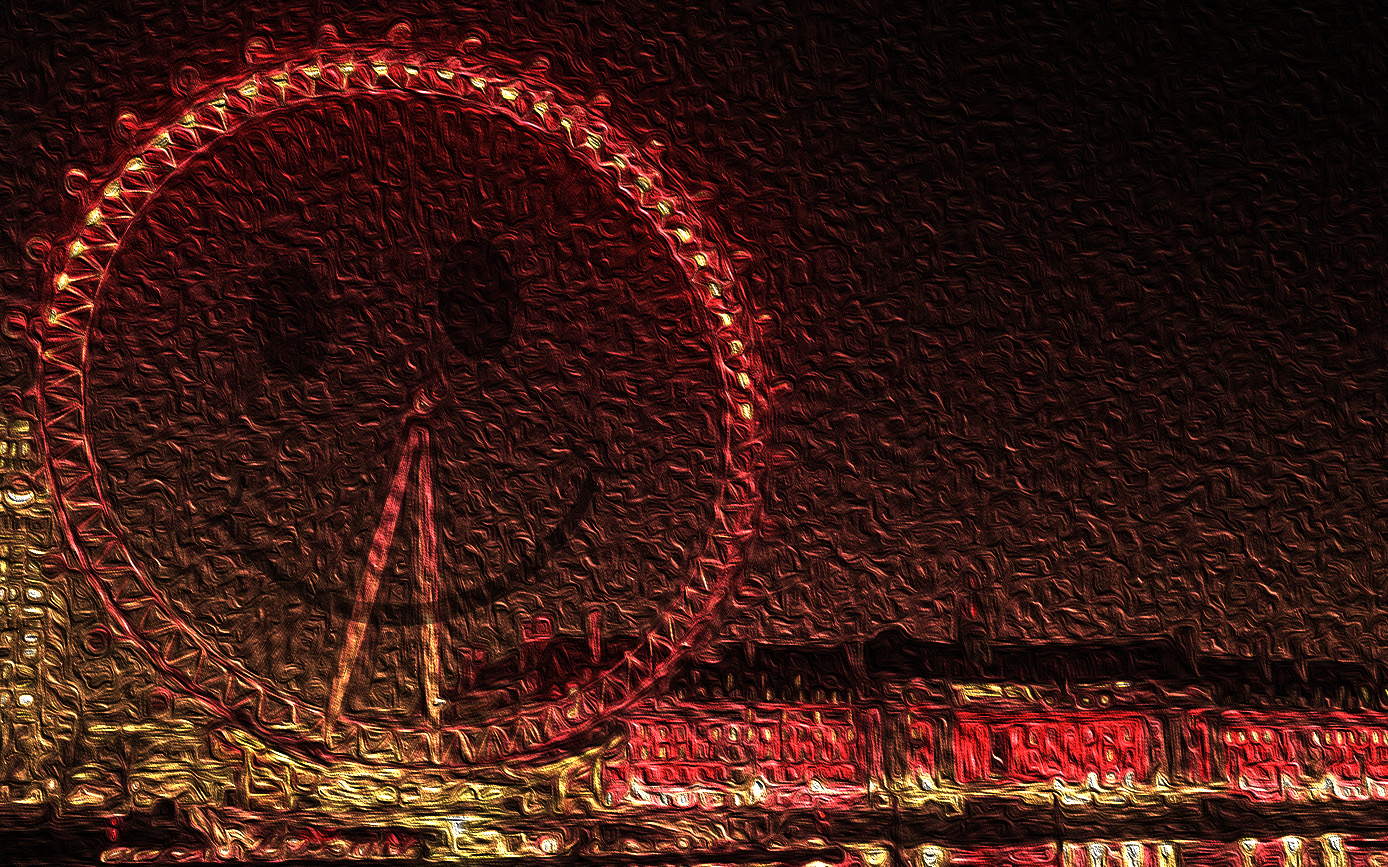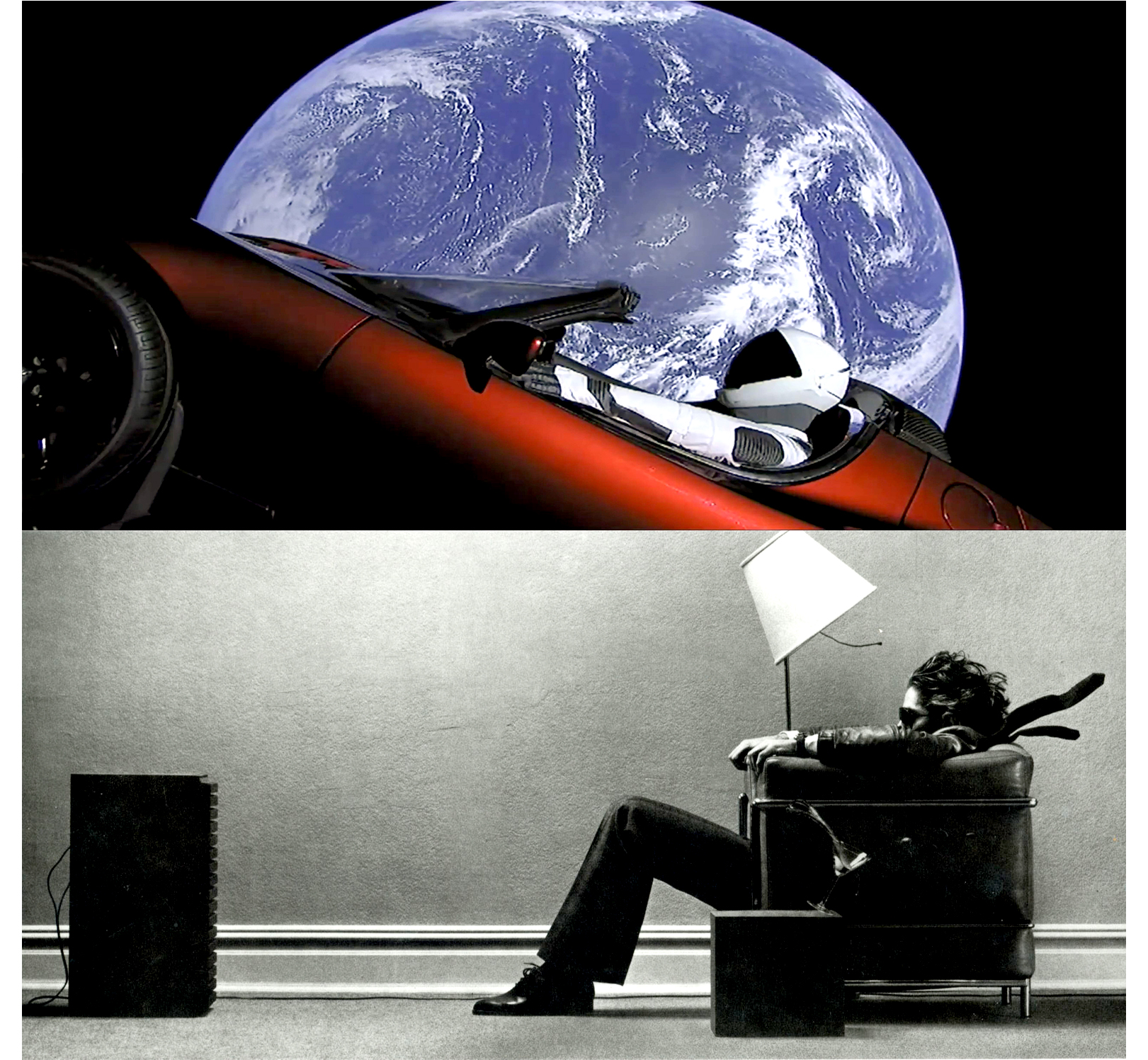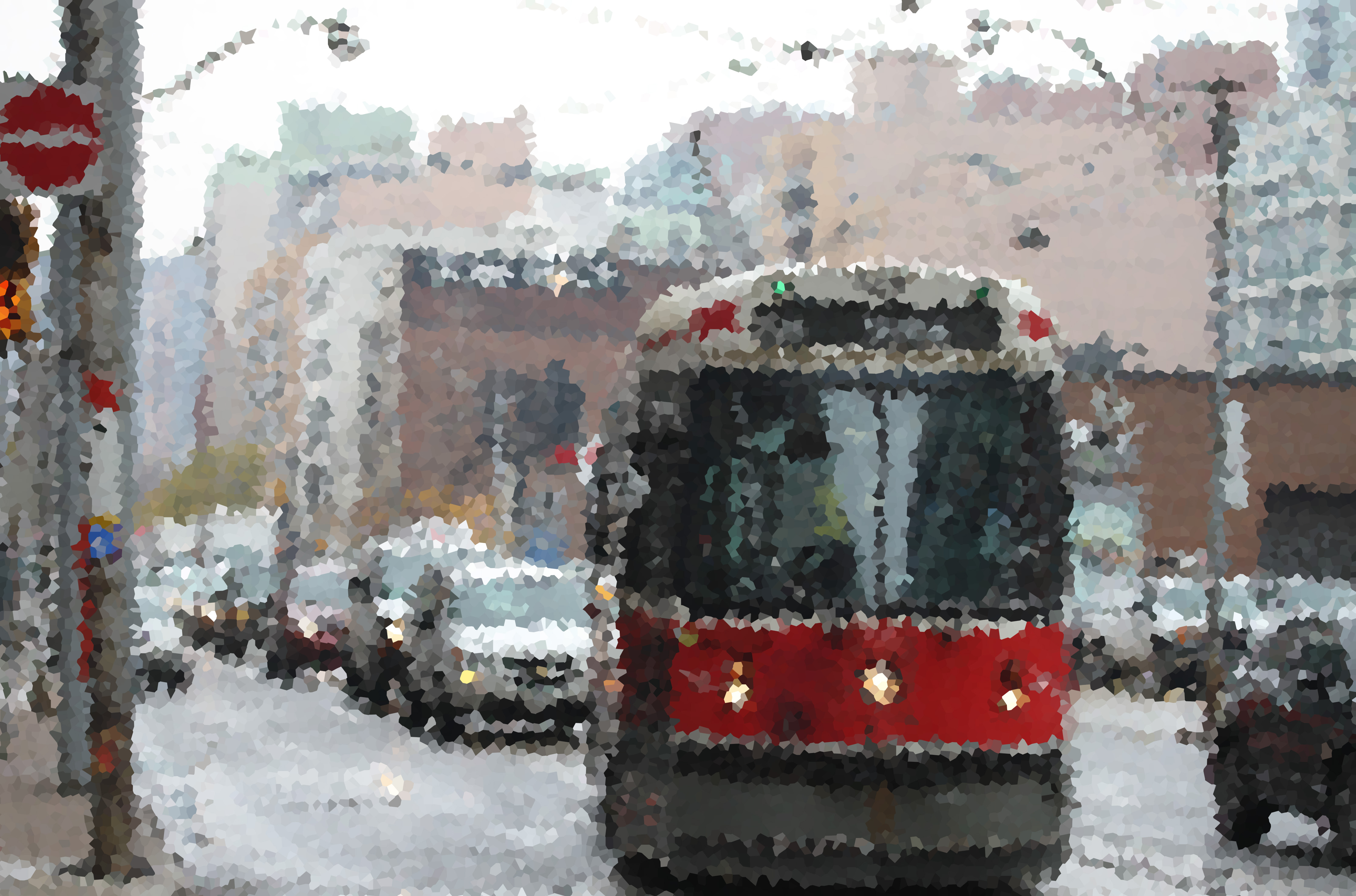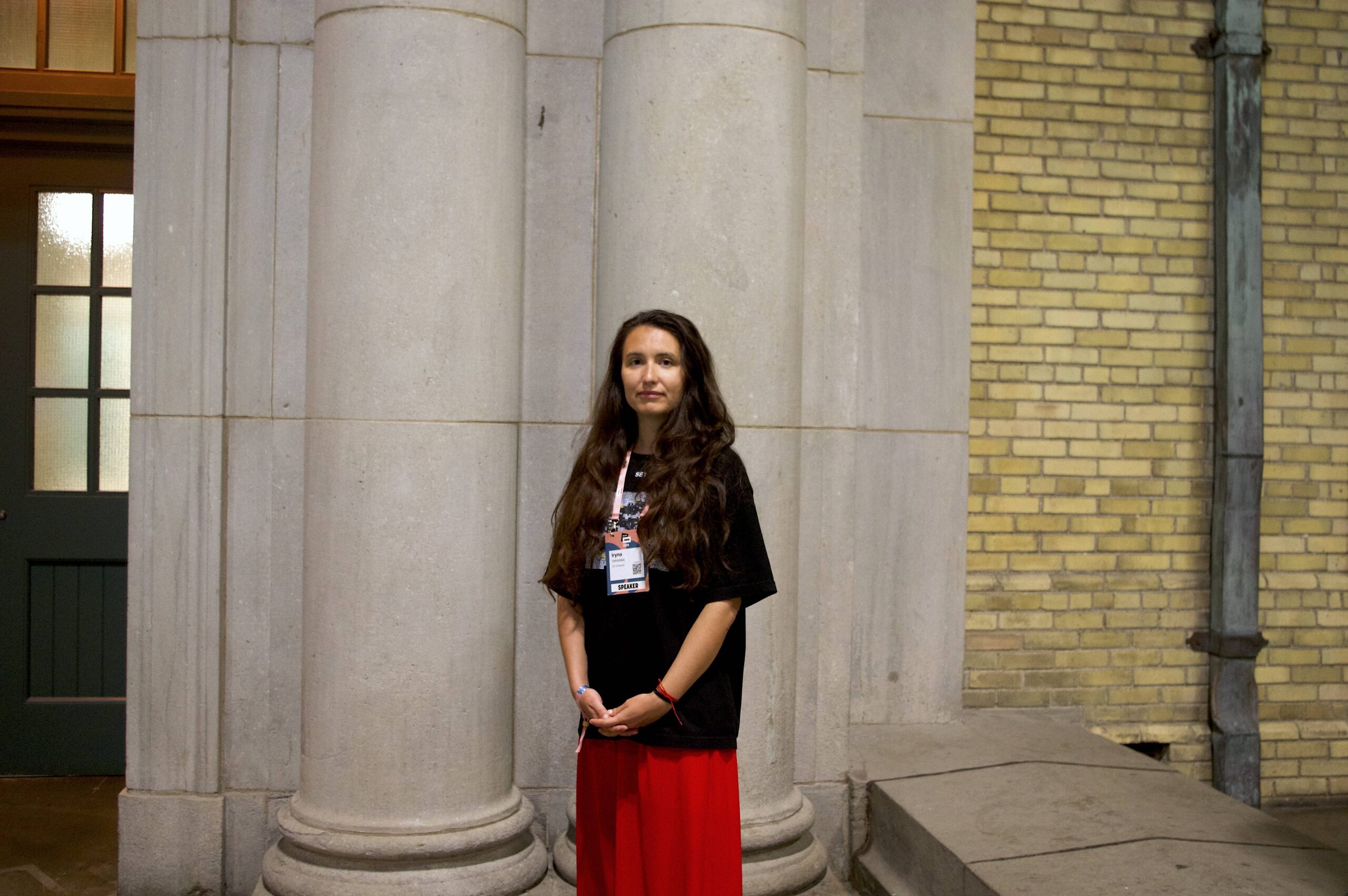

above image credit : untitled by harpsachord
‘Overall, places with lower unemployment, higher income growth, and higher education levels are happier. Cities attract people with prospect and provide a platform for high social mobility.’
The Happiness of Cities @LSECities
Last week I attended “The Happiness of Cities” lecture at the LSE. It was curated by Ricky Burdett, Professor of Urban Studies, Director of LSE Cities, previously Chief Adviser to the Olympic Delivery Authority for the London 2012 Games. The lecturer was a professor of Harvard University’s Centre for Spatial Economics and the Graduate School of Design, Edward Glaeser. His book, The Triumph of the City: How Our Greatest Invention Makes Us Richer, Smarter, Greener, Healthier, and Happier (2011, Macmillan) details important issues to do with the built environment and the relationship between spatial and human form.
The following are my notes and commentary on some of the points raised in the lecture.
Why we flock into cities is obvious: to reap the benefits of the achievements of civilisation and cultural permeation, even while facing the risk that precisely this ‘gathering of the world’ muddles the value and the richness of its diversity. I think therein lies the challenge: are NYC and London still not unique? What makes them unique and, frankly, such desirable places to live in are the choices and possibilities – economic, social, cultural, and recreational. Even so, not everyone is a fan. Some people find the non-stop action and noise draining and stressful. Some people find the crowdedness and compactness intolerable. Some don’t like so much asphalt and brick. And some, yet, don’t like paying ridiculous rent for the privilege. We are all, thankfully, different.
Gandhi’s thinking was that cities kill our souls (“I regard the growth of cities as an evil thing, unfortunate for mankind and the world”), but the transformation of the world into one cohesive, global urban society by way of urban revolution seems to “magnify humanity’s strengths”, according to Glaeser, and there are still plenty of small and medium-sized cities, which are the carriers of ‘traditional’ values, if that’s what you’re after.
The very definition of ‘happiness’ notwithstanding (satisfaction, fulfilment, well-being – keeping it broad, as it is subjective), the concept includes some or all of the following parameters: mental and physical health, (political) freedom, social equality, employment (employability/ skill), sociability, and communal respect and trust
Overall, places with lower unemployment, higher income growth, and higher education levels, are happier. Cities attract people with prospect and provide a platform for high social mobility. It also comes down to the importance of choice. In the lecture, Glaeser further discussed the relationship between density and satisfaction and other spatial and social characteristics, which mostly exhibited positive correlations and a very distinct pro-urban bias:
* The cost and happiness: People tend to pay more rent in exchange for shorter commutes. Average commute times are short for residents of lower Manhattan, longer into Harlem and Bronx, while the rents are proportionally reverse: more expensive in lower Manhattan, less towards Upper Manhattan (with some exceptions, such as Upper West Side). Same with London’s Zone 1 and 2: rents are higher closer to the centre, and they gradually taper off as the commute time increases and transportation connections decrease.
* Income and happiness: People pay higher rents for better wages, meaning just working in a city brings a prospect of earning more. As such, it appears that we tend to pay more for happiness. As hedonists, happiness is what we should maximise but, focusing on money, fail to do so.
* Overwork and happiness: those working more than 48h work-weeks are still happier (feeling more productive? accomplished?)
* Unemployment and unhappiness, on the other hand, shows a very strong correlation (10-fold), especially long-term joblessness which directly contributes to a life of misery. Lacking purpose and being in unemployment clusters, around other unemployed people proves to be highly ineffectual. This is true for denser areas with higher unemployment. Predicting urban poverty: do cities attract the poor? Glaeser says that cities don’t make people poor, instead they attract the prospect of getting out of poverty.
* Urban decline and unhappiness exhibit a tight link, suggesting that inequality is misery at urban level. Inequality also appears to be a bigger problem in bigger cities, so do people that come to the cities to be happier, actually become happier? Research shows that it’s the places shrinking which are really miserable, not that fast growth, in turn, makes cities happy.
But, the main question is: are cities declining because they’re unhappy or are they unhappy because they’re declining? The chicken-or-the-egg: which came first – unhappiness or urban decline?
* Mental health and (un)happiness? Taking suicide as an example (bottom tail measure of unhappiness, a revealed preference measure), for example, NYC/LDN exhibit extremely low suicide rates.
* (Racial) segregation and unhappiness: Mixing is largely beneficial, especially for minority urban populations. These two parameters exhibit a strong correlation, with the effect being much stronger in African-American communities (in the US). When minorities are cut off from urban dynamism, the benefits of big cities erode.
In Who’s Your City? Richard Florida raised a number of questions in regard to this by addressing the issue of happiness primarily from the viewpoint that happiness can be measured. There is no single formula, however, as different cities and different types of communities are affected in different ways. But there seem to be three basic psychological reasons affecting the happiness of cities:
1) a city is the main source of excitement and artistic stimulation that we get from our surroundings, especially for us working in creative industries;</li>
2) a city is a confirmation of our individual and communal character, a sense that we are a part of something big, that we belong to it; and</li>
3) because of this concentration of movement of people, ideas and productivity, cities are breeding grounds for opportunity.
Looking at Maslow’s theory, let’s consider what motivates us to live in certain cities. The basics are well known, thus no need to state them. In urban areas, then, there is more emphasis on cognitive needs (for knowledge and learning), aesthetic needs (for beauty and harmony with the surroundings) and, past the need for self-actualisation, the need to overcome individuality and help others achieve their potential in form of social connections and social networking, raising the issue of trust and openness in denser cities.
And yet, does any of this matter, now that communication technology has rendered proximity nonessential?
Apparently, it still does, and the main reason why is that social relations, no matter what we have come to think, apparently cannot be honed online. The internet can facilitate communication and act as a platform, but to enable participation and social inclusion usually – or normally – requires physical presence. Although it has, admittedly, become tricky to distinguish between real and online presence in terms of enhancing the concept of community, social cohesion and social capital.
Glaeser’s research shows that higher urbanisation positively reflects on the increases in the satisfaction of urban dwellers, that urban dwellers are happier, and the reasons for this comes down to the most valuable advantage of cities being, as aforementioned, the hives of richness and diversity of people who live in them. Indeed, we are social creatures who like to be in society, surrounded by people.
So, the bigger, the better? Not necessarily, however NYC and London are in the league of their own: they exhibit a different phenomenon from other large megalopolises, as they reflect cultural norms and economic power. On that account, how difficult is it to recreate this unique set of parameters, opportunities and specific niches for development?
This is where the parallels between Florida’s and Glaeser’s research come through, with each making a point of:
1) economic power found in cities (economic conditions, the availability of jobs, the growth of the local economy);</li>
2) the accessibility of basic public services (primary/ secondary/ higher education, health services, public transit, housing, and religious institutions);</li>
3) opportunities for public and civil collective action;</li>
4) openness and acceptance (the level of tolerance of different demographic groups, including minorities, religious groups, newcomers, the poor, people of different sexual orientation, etc.), and</li>
5) the aesthetic (natural and architectural beauty, recreation, cultural heritage and social events).
Conclusively, do urban planners and municipality administrators aim to lure more educated, creative, enterprising minds, rather than, for example, ageing or transitional populations? Is that their incentive for improvement and urban development? As such, does it mean that a young, vibrant city equals a happy city?
In the end, Glaeser said that London could use more density: “Every time you say no to a new resident building, you say no to families who want to be a part of this amazing city. And developers are not in the business of selling misery”. Most interesting thought. (And unusually optimistic).
-:-
Even so, I kept thinking of the TED talk I watched a while ago, It’s Our City, Let’s Fix it, in which Alessandra Orofino talks about cities being the culprits of all major global issues such as climate change, energy scarcity and poverty because we, the urban dwellers, consume over 75% of planet’s energy and generate over 80% of polluting carbon emissions.
If going by the hypothesis that we belong to a generation that is irreversibly urbanised (over half of the population of the planet, for the first time in history, have city addresses), then urban issues affect the majority: density, overpopulation, congestion, traffic, all types of pollution, food security, the quality of life and well-being – the list is inexhaustible. All urban (and, increasingly, sub-urban) areas, in both the developing and developed countries, gradually, and in due time, come to reflect these problems.
So how does that factor into our sustainable happiness?

















